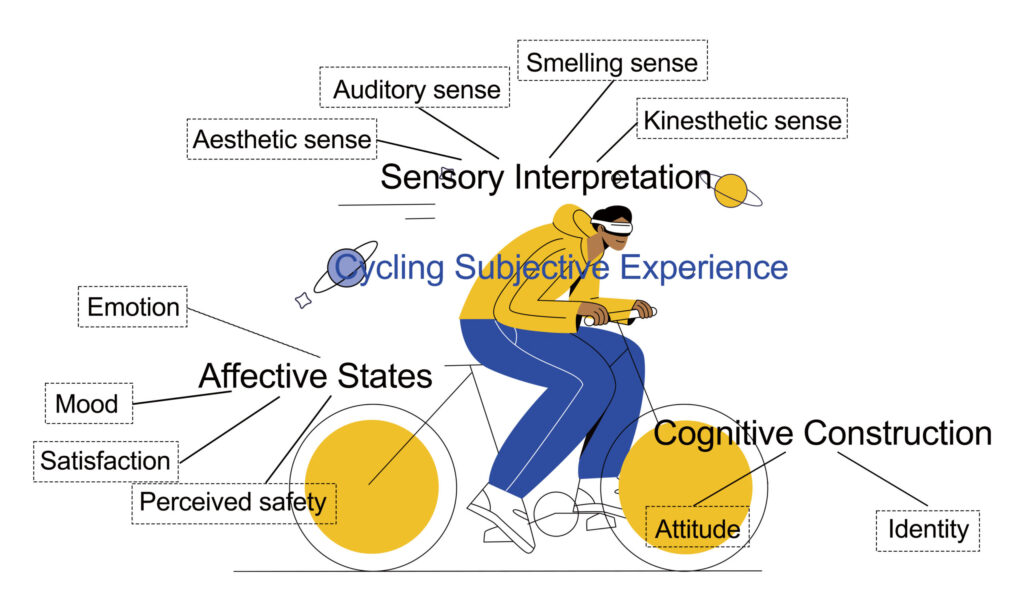Cycle highways, also known as “fast cycle routes”, are an emerging concept in urban planning that describes long distance, high quality bicycle routes built for commuter use. In Northern European countries, large sums of money are invested into cycle highways promising to induce a mode shift with little critical assessment as to how cyclists experience these infrastructures. Through eleven interviews of practitioners from five European countries – the Netherlands, Belgium, Germany, United Kingdom and Denmark – this paper explores how practitioners define cycle highways and how their conceptualizations of cycling experience shape the physical design of cycle highways. Results show that while practitioners are guided by infrastructural standards for cycle highways such as width, design speed, and intersection treatments, it is less clear how these infrastructure elements fit within the surrounding environment to create desirable cycling experiences. In addition to commuters, cycle highways are also used by recreational and sport cyclists, so policy makers and designers should consider a wide variety of user groups and their aesthetic and social experiences in the planning and design of cycle highways. Future research should investigate cycle highway experiences from the perspective of various user types.
To cite the academic article: Liu, G., te Brömmelstroet, M., Krishnamurthy, S., & van Wesemael, P. (2019). Practitioners’ perspective on user experience and Design of Cycle Highways. Transportation Research Interdisciplinary Perspectives



